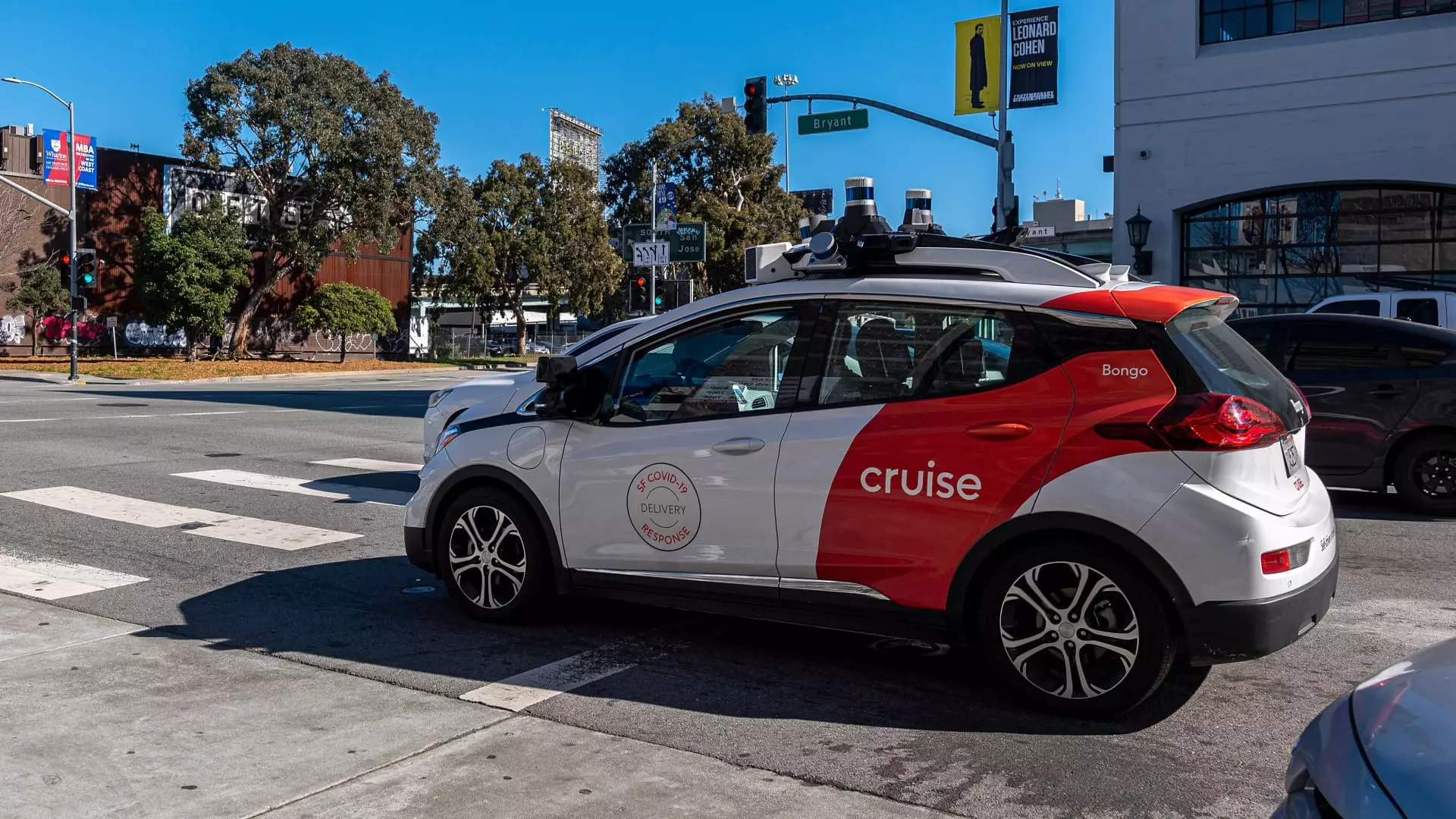General Motors’ Cruise self-driving unit is making a comeback after a temporary halt in operations following an unfortunate accident in October. The company has decided to redeploy its vehicles on U.S. roadways, starting with a small fleet of human-driven cars in Phoenix. This relaunch marks a pivotal moment for Cruise, as it strives to rebuild trust with regulators and the community it serves.
Unlike before, the redeployed vehicles will not serve as robotaxis. Instead, they will focus on creating maps and collecting road information in select cities, with Phoenix being the first stop. Cruise aims to eventually resume driverless operations; however, it has not set a concrete timeline for this transition. The company is taking a cautious approach and has not disclosed plans for expanding human-driven vehicles to other cities.
Cruise’s decision to pause operations in October 2023 was driven by a commitment to improving safety standards and rebuilding trust. With new company leadership in place, Cruise has made substantial progress guided by third-party experts and close collaboration with the communities where its vehicles operate. The company views the relaunch of human-driven fleets as a critical step towards fulfilling its self-driving mission.
Culture and Leadership Issues
An investigation conducted by GM and Cruise following the October incident highlighted culture issues, ineptitude, and poor leadership as key factors contributing to regulatory oversights. While there were allegations of a coverup by Cruise leadership, the probe did not find any evidence to support such claims. Cruise has accepted the findings of the investigation and is taking steps to address all recommendations put forth.
Cooperation with Authorities
Following the accident, Cruise has been fully cooperating with state and federal agencies conducting investigations into the incident. Regulatory bodies involved in the inquiries include the California DMV, the California Public Utilities Commission, the National Highway Traffic Safety Administration, the U.S. Department of Justice, and the Securities and Exchange Commission. By engaging with these authorities, Cruise aims to demonstrate its commitment to transparency and accountability.
Organizational Changes
In addition to the operational pause, Cruise underwent significant leadership changes. The departure of co-founders, including CEO Kyle Vogt, and the removal of nine other leaders underscore the company’s efforts to revamp its leadership structure. Cruise also implemented workforce reductions, including laying off 24% of its employees and a round of contractors. These organizational changes signal a new direction for Cruise as it navigates the road ahead.
Overall, the relaunch of General Motors’ Cruise self-driving vehicles represents a fresh start for the company as it seeks to overcome past challenges and regain the trust of stakeholders. By prioritizing safety, transparency, and collaboration with authorities, Cruise is taking proactive steps to ensure the success of its self-driving mission. As the company charts a path towards resuming driverless operations, it remains committed to upholding the highest standards of safety and accountability in the autonomous vehicle industry.

Leave a Reply